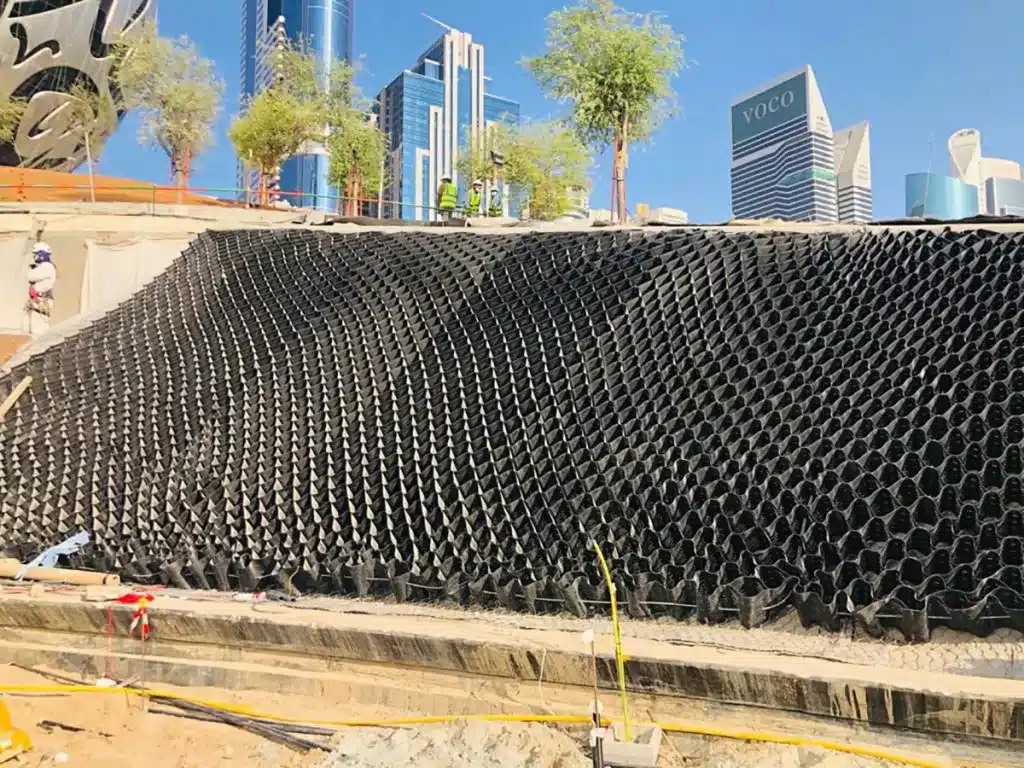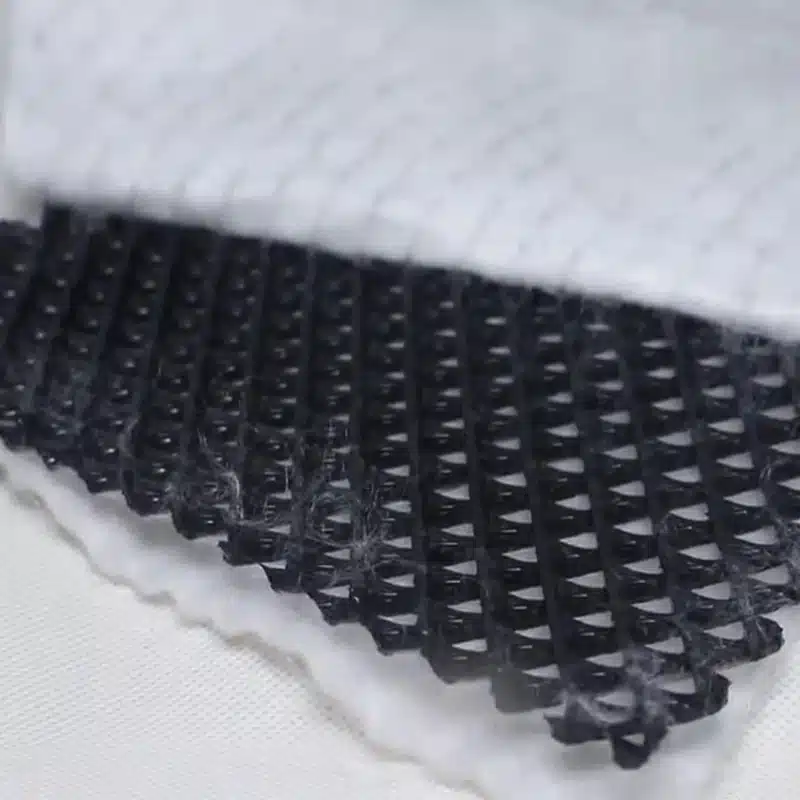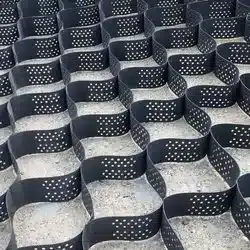+86-159 9860 6917
info@geofantex.com
geofantex@gmail.com
+86-400-8266163-44899
Geosynthetic containment plays a pivotal role in civil engineering and environmental projects, providing solutions for soil stabilization, erosion control, and waste management. This article delves into the significance of geosynthetic containment, specifically focusing on geotextile containment for hydraulic and environmental engineering. We answer crucial questions regarding its functions, applications, and benefits in these fields.

What is the function of containment in geosynthetics?
Containment in geosynthetics serves multiple purposes, primarily focusing on preventing the migration of materials, such as soil, liquids, and waste. It offers stability to embankments, landfills, and dams, ensuring they can withstand environmental and hydraulic stresses.
The main functions of geosynthetic containment include:
- Erosion Control: Geosynthetic containment products, like geotextiles, can be used to control soil erosion. They stabilize the soil and prevent its displacement, especially in areas prone to erosion.
- Waste Containment: Geosynthetic materials are extensively used in waste management, creating secure barriers in landfills and waste disposal sites. This prevents contamination and protects the environment.
- Soil Stabilization: In road construction and infrastructure development, geosynthetic containment materials enhance the stability of the soil. They help in distributing loads and improving the strength of the subsoil.
- Hydraulic Engineering: Geosynthetic containment is crucial in hydraulic engineering, where it is used to control water flow, protect against flooding, and provide erosion control along water bodies.
What is geotextile containment for hydraulic and environmental engineering?
Geotextiles are a vital part of geosynthetic containment systems, especially in hydraulic and environmental engineering. Geotextile containment serves several purposes in these fields:
- Filtration: Geotextiles act as filters, letting water pass through while holding onto soil particles. They are employed in drainage systems to prevent soil clogging.
- Drainage: Geotextiles improve drainage in various applications, like road construction, sports fields, and landfill drainage systems, aiding in excess water removal and preventing saturation.
- Separation: Geotextiles are positioned between different soil layers to stop mixing. This separation maintains structural integrity and hinders soil migration.
- Protection: Geotextiles provide defense against erosion, preventing the erosion and collapse of sandfill, thus enabling its use in erosion-resistant structures. They are widely used in shoreline protection, riverbank stabilization, and various hydraulic engineering projects.

How do geosynthetic containment systems contribute to environmental preservation?
Geosynthetic containment systems are instrumental in environmental preservation. They prevent the contamination of soil and groundwater, particularly in landfills and waste disposal sites. By creating impermeable barriers, they ensure that hazardous materials, such as chemicals and pollutants, do not seep into the environment. Moreover, geosynthetic containment systems can aid in habitat restoration and the creation of sustainable ecosystems in disturbed areas.
What are the long-term benefits of using geosynthetic containment in civil engineering projects?
The use of geosynthetic containment in civil engineering projects offers several long-term benefits, including:
- Durability: Geosynthetic materials are designed to withstand harsh environmental conditions, ensuring the longevity of structures like embankments, dams, and roads.
- Cost Savings: By reducing maintenance and repair costs, geosynthetic containment systems can lead to significant cost savings over time.
- Environmental Protection: Preventing soil and groundwater contamination contributes to a cleaner, safer environment, which is invaluable in the long run.
- Versatility: Geosynthetic containment solutions can be tailored to specific project needs, making them suitable for a wide range of applications.
In conclusion, geosynthetic containment, particularly geotextile containment, plays a vital role in hydraulic and environmental engineering. These systems are essential for erosion control, waste containment, and soil stabilization, providing long-term benefits in terms of durability, cost savings, and environmental protection. Their versatility makes them a cornerstone in civil engineering and environmental projects, contributing to a more sustainable and eco-friendly future.



Get Free Sample
We’ll respond as soon as possible(within 12 hours)






















